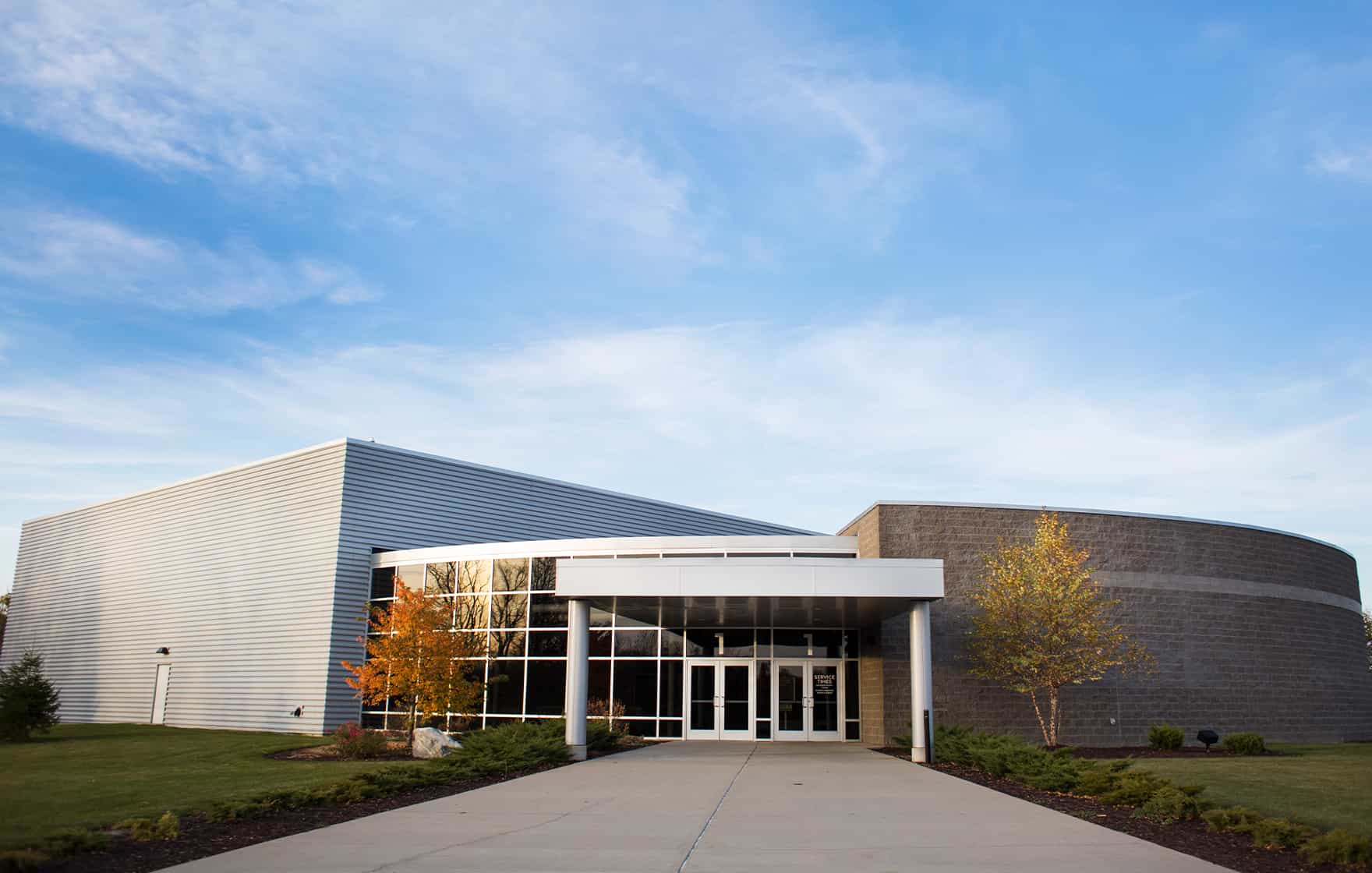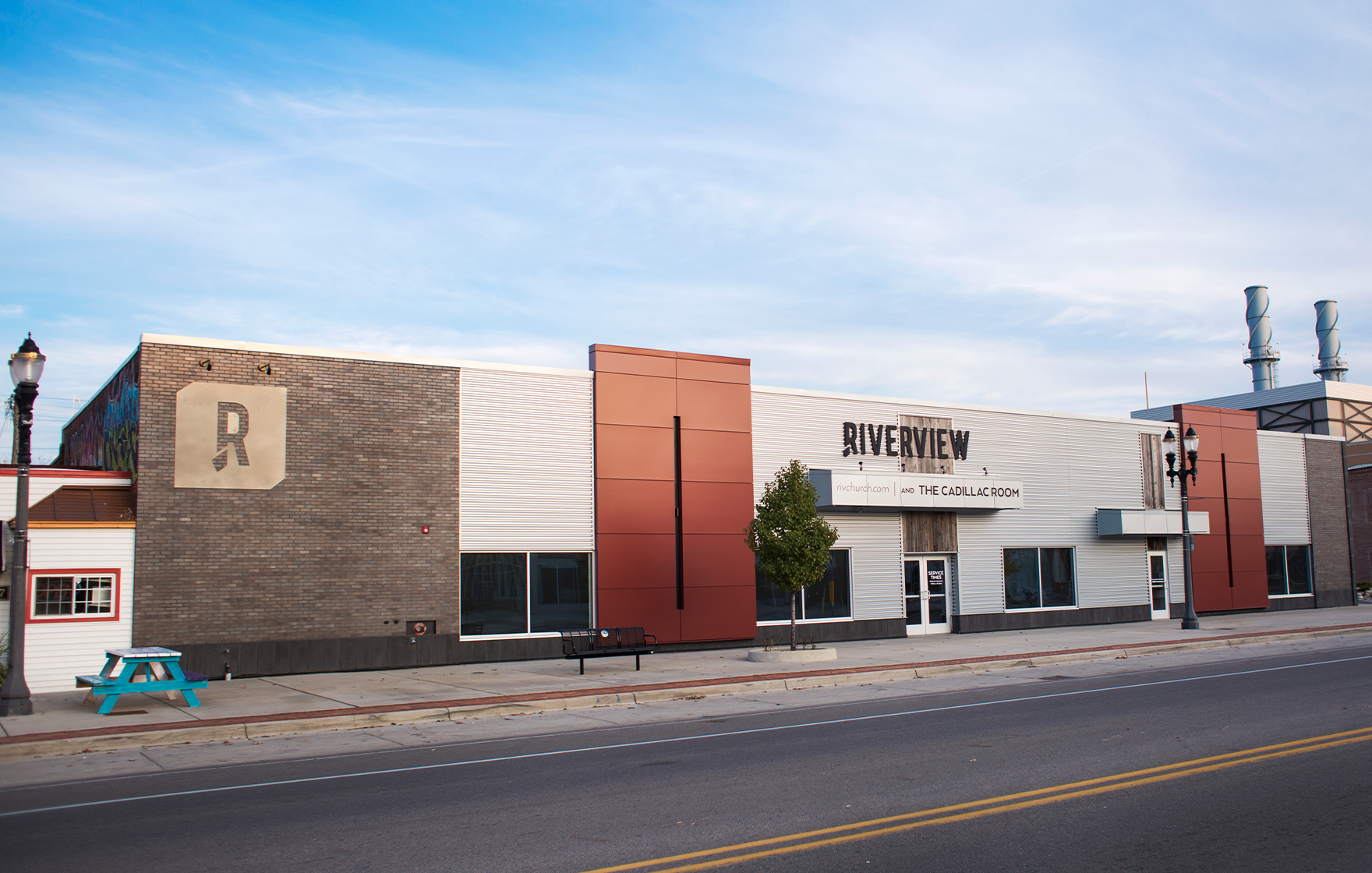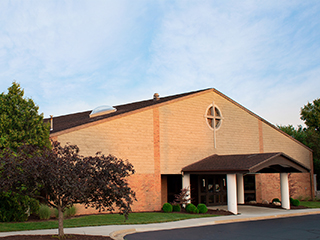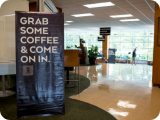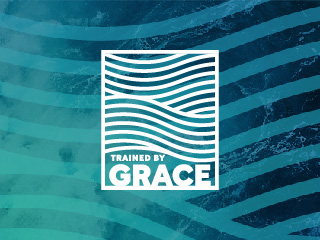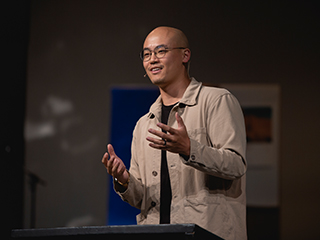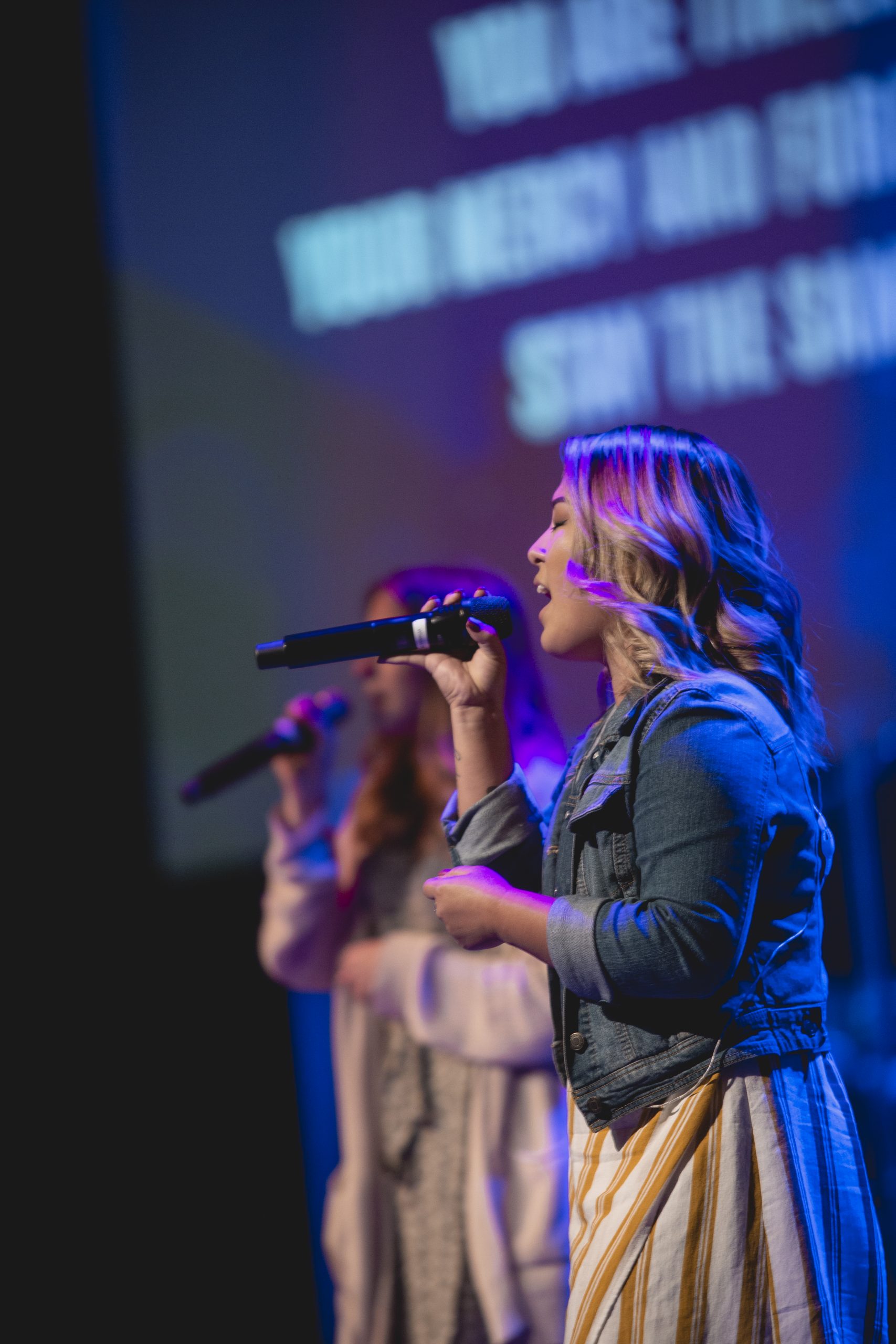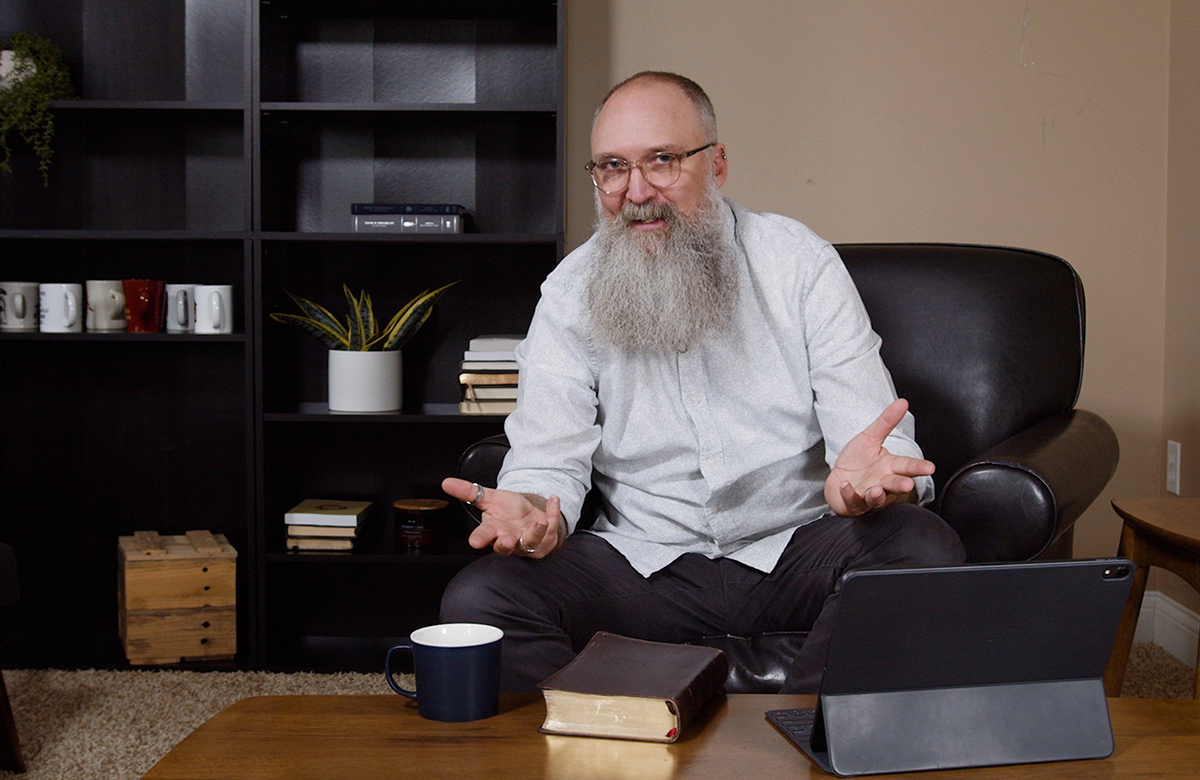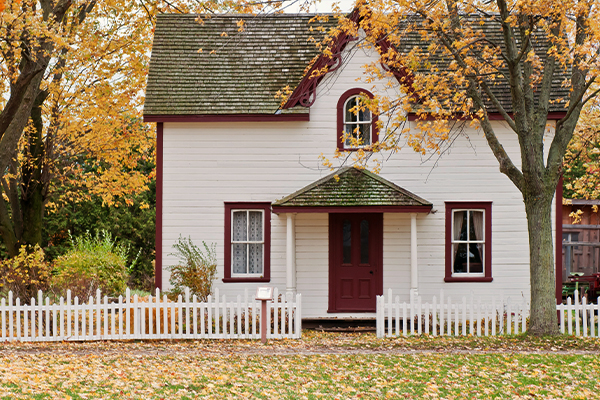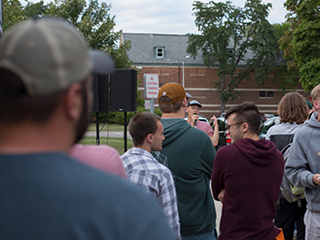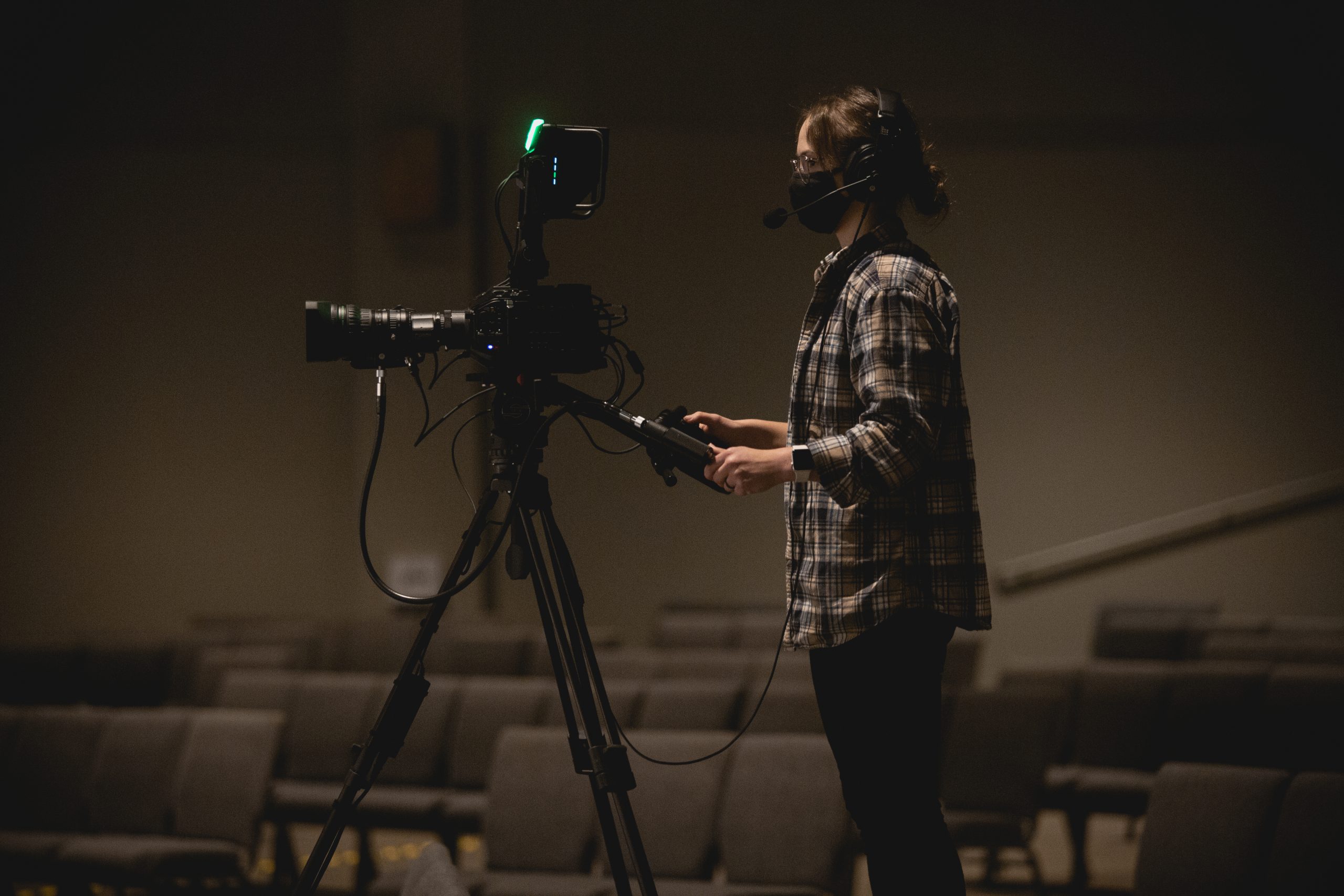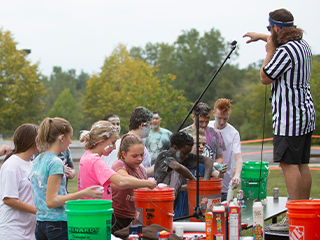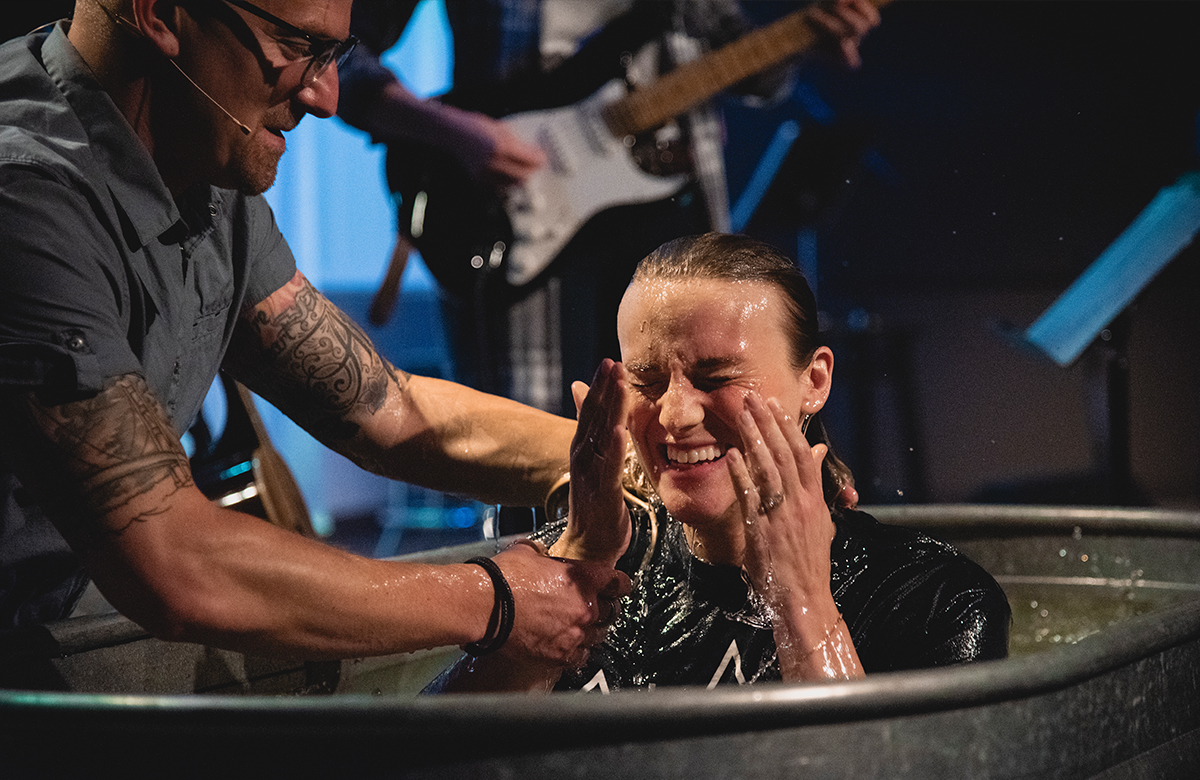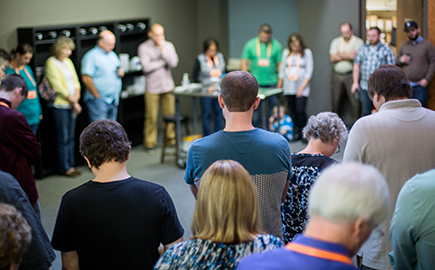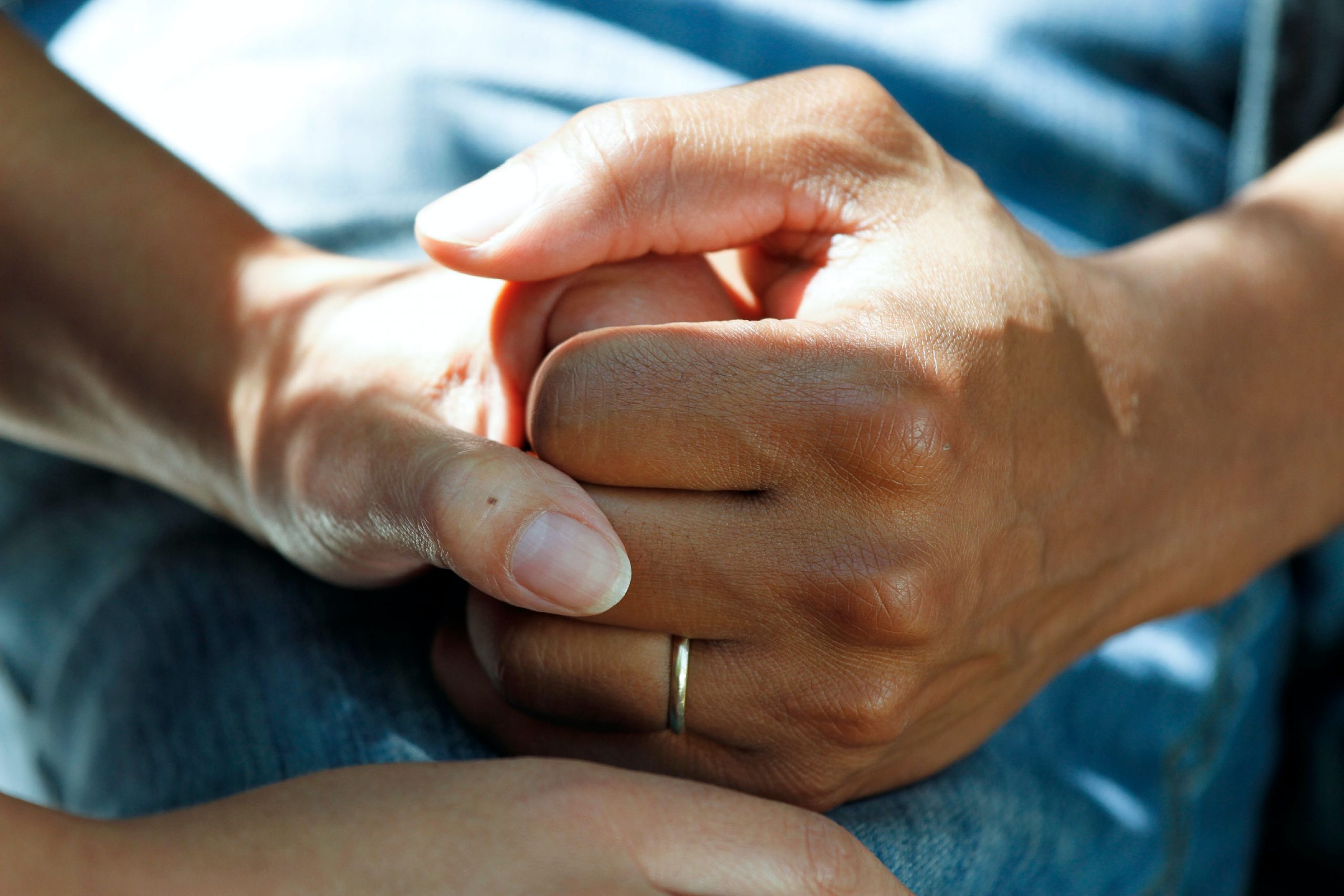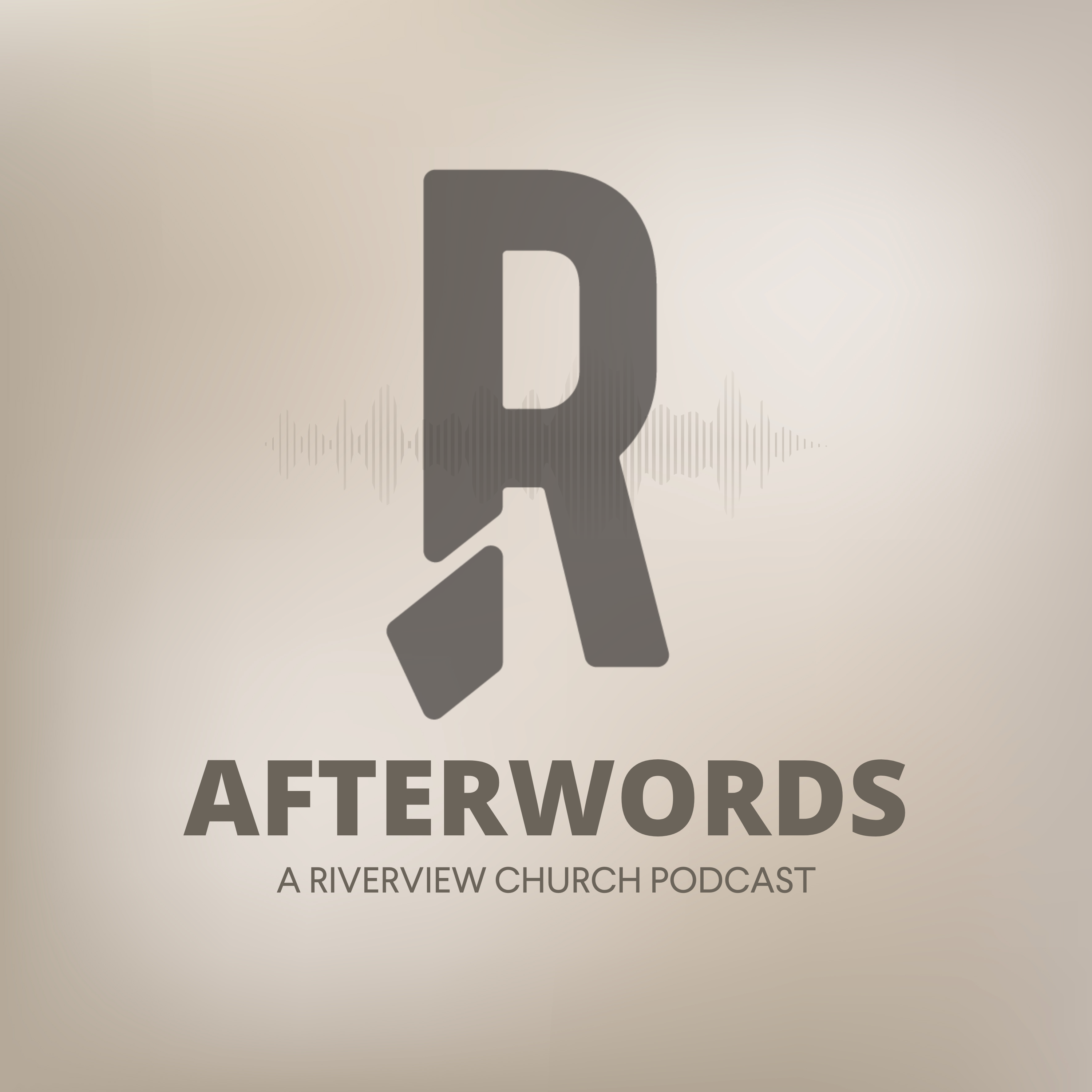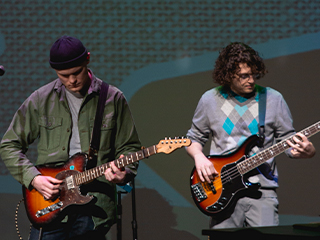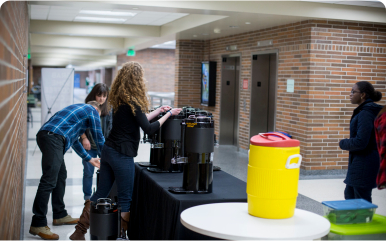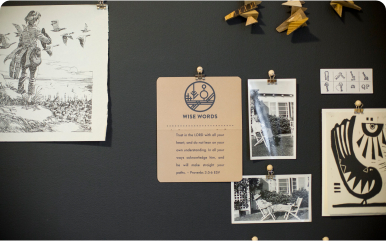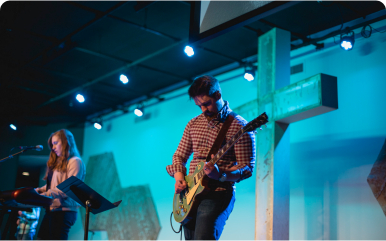October 26, 2015
Worshipping Through Acts: Baptism and the Lord’s Supper
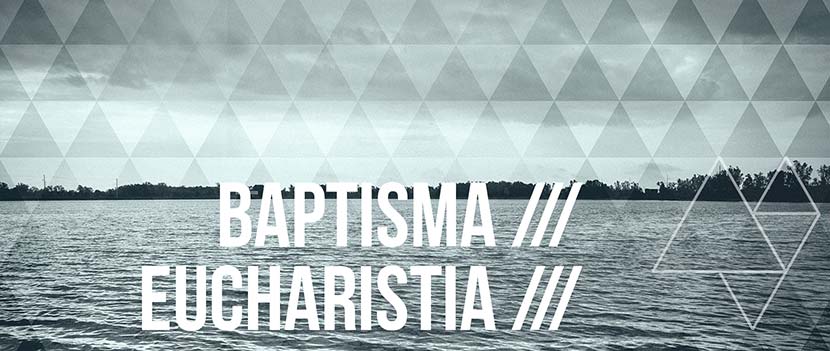
Christians all around the world practice two symbolic acts that can seem, at first glance, to be very odd: Baptism and the Lord’s Supper (also known as “Communion” or “Breaking Bread”). These same Christians practice them a little differently from each other and even believe a little differently about why they do it at all. In this article, we’ll take a look at what Riverview believes about each of these important acts of worship and what the Bible has to say about them.
Baptism
Throughout the New Testament, we see that baptism was an opportunity for someone who had became a follower of Jesus to stand before the church community and publicly profess their faith in Christ. Unfortunately, some misunderstand this declaration and think that the act of baptism is necessary for salvation. But the Bible couldn’t be clearer that salvation is a gift of God (Ephesians 2:8-9) that comes when someone puts his or her faith in Christ (Romans 3:21-22; John 1:12). Sin caused a separation between God and us. Our broken relationship with God was mended because of the finished work of Jesus on the Cross. It was on the cross that Jesus took all of our sin onto Himself and for those who respond to His finished work, He makes them righteous (2 Corinthians 5:21). The big theological term that is taught in the New Testament about this idea is the term “justification.” Justification simply means that because of Jesus death for sin and our appropriation of his gift to our life, God rendered us “not guilty” for all eternity.
All of that was said to press the point home that we cannot do anything to earn God’s favor. Baptism doesn’t become something we do to earn God’s forgiveness, because again that’s impossible to do apart from responding to Jesus’ death on the cross for our sin.
So what is baptism and why would we do it if it doesn’t save us?
The New Testament teaches that baptism is a picture or a symbol of what has already happened to someone who has put his or her faith in Jesus (1 Corinthians 15:3-4; Colossians 2:12; 2 Corinthians 5:17).
What shall we say then? Are we to continue in sin that grace may abound? By no means! How can we who died to sin still live in it? Do you not know that all of us who have been baptized into Christ Jesus were baptized into his death? We were buried therefore with him by baptism into death, in order that, just as Christ was raised from the dead by the glory of the Father, we too might walk in newness of life.
Romans 6:1-4
The word for baptism in Greek is the word baptiso, which means, “to immerse”. The idea that Paul was presenting was that when you had been immersed into Christ you were immersed into his death. As followers of Jesus, when we put our faith in Christ, the old self is crucified with Jesus (Galatians 2:20). As a person goes under the water, this symbolizes that they are dead to their old life and raised up out of the water to walk in newness of life. Baptism, in a sense, is a Christ follower saying to their church community: “I have believed in Jesus, and I am putting to death the old life and will live the resurrected life of union with Jesus.”1
That’s an essential part of the symbolism of baptism and it’s why we practice baptism by immersion at Riverview. Baptism was viewed in the New Testament times as symbolic of the inner work of the Holy Spirit in regeneration. Titus 3:6 says, a “washing and renewal.” The death, burial, and resurrection to newness of life pointed to one’s identification with both Christ and His church. As Robert Saucy has pointed out, “One is not united to the Head (Jesus) without at the same time being united with the body.”2
Apart from the mode being connected with the significance of baptism, another key reason why we do it is found in the New Testament. Followers of John the Baptist were baptized “in” the Jordan River (Mark 1:5). Jesus’ baptism was one of immersion. Matthew writes that in Matthew 3:16 that “after being baptized, Jesus came up immediately from the water” showing that his body was fully immersed. The other evidence that we have for full immersion baptism comes from two other places in the New Testament (John 3:23; Acts 8:36). Both references refer to baptisms taking place because there was sufficient water available to fully immerse the person being baptized.
The primary reason anyone would get baptized is obedience. Jesus, after His resurrection, gave a commission to all of those who would follow Him:
All authority in heaven and on earth has been given to me. Go therefore and make disciples of all nations, baptizing them in the name of the Father and of the Son and of the Holy Spirit, teaching them to observe all that I have commanded you. And behold, I am with you always, to the end of the age.
Matthew 28:18-20
Baptism is part of obeying Jesus in making disciples. God would not give a command that we would teach to others, but ourselves not obey. That would be hypocrisy. Secondly, baptism is a chance to proclaim to the church that you belong to Jesus. It’s a chance to proclaim your identity as a child of God, and that your desire, by the power of the Holy Spirit, is to live for Jesus.
LORD’S SUPPER
Besides baptism, the other decree that Jesus gave the church was the Lord’s Supper, often called Communion. We take the Lord’s Supper during our Weekend Services and Life Groups for several reasons.
As a symbol of rememberance of Jesus’ suffering, death, and resurrection
Jesus, as he was in the upper room sharing the Passover meal with his twelve closest amigos, took bread, broke it and said this:
“Take, eat; this is my body.” And he took a cup, and when he had given thanks he gave it to them, saying, “Drink of it, all of you, for this is my blood of the covenant, which is poured out for many for the forgiveness of sins.”
Matthew 26:26-28
Jesus used bread and wine as a symbol or an illustration of what His death on the cross would mean for anyone who would respond to Him by faith. The bread and the cup, according to Luke’s account, were to be taken as a way of remembering.
All throughout the Bible, God gave His people ways to remember Him. In the Old Testament, He instructed His people to build monuments when they experienced God. Why would God command His people to do certain activities as a way of remembering? It’s because we’re prone to memory lapses. We’re prone to forget Jesus and just how amazing His death, burial, and resurrection was for our lives. The Apostle Paul wrote this short verse to his friend Timothy:
Remember Jesus Christ, risen from the dead, the offspring of David, as preached in my gospel.
2 Timothy 2:8
Look at the church in Galatia. They struggled to remember what the gospel was all about. They were turning to a false gospel – one that had to do with doing something to make them acceptable with God. Just like the Galatians, we’re prone to forgetting too.
That’s why Jesus gave us the Lord’s Supper – to regularly refresh our memory about the truth of the gospel.
To celebrate our unity in Christ
When we celebrate the Lord’s Supper, we’re proclaiming Jesus’ death for ourselves and other Christians. We’re reminded that the death, burial, and resurrection of Jesus is core to the faith. We may disagree about minor issues, but if we agree on the gospel, we agree on the most important of matters. As a church, we talk about open-handed and close-handed issues. Open-handed issues are issues where there’s freedom to disagree or have a different perspective. These would be things like color of carpeting in the church, style of worship music. Close-handed issues are matters that relate to the gospel and salvation (Questions like: Who is Jesus? Was His death enough to pay for all my sin? Is there any other way to God besides Jesus?). Those close-handed issues are the ones that we’re reminded that we agree on as we celebrate the Lord’s Supper.
To anticipate His return in victory
Often during the Lord’s Supper, 1 Corinthians is shared:
For I received from the Lord what I also delivered to you, that the Lord Jesus on the night when he was betrayed took bread, and when he had given thanks, he broke it, and said, “This is my body which is for you. Do this in remembrance of me.” In the same way also he took the cup, after supper, saying, “This cup is the new covenant in my blood. Do this, as often as you drink it, in remembrance of me.” For as often as you eat this bread and drink the cup, you proclaim the Lord’s death until he comes.
1 Corinthians 11:23-26
Paul ends this passage with the phrase “you proclaim the Lord’s death until he comes.” The Bible is clear that Jesus is returning for His church. His first appearance provided salvation for all who believe. Through the Lord’s Supper we proclaim His death until he returns. In this proclaiming, we remind those who have put their faith in Christ that our hope is to one day be with Christ. We remind Christians that He is returning and that His return will be the end to sin, suffering, and death – a day that Christians wait for in anticipation.
This has been excerpted from the book Credo. DOWNLOAD A COPY, or get a physical copy for free at your venue’s info center!
___
[1] Swindoll, Charles R. and Roy B. Zuck, Understanding Christian Theology, 1152.
[2] Saucy, The Church in God’s Program, 195.
Quick Links
- Connect
- Prayer
- Give
- Life Group Material
- Serve
